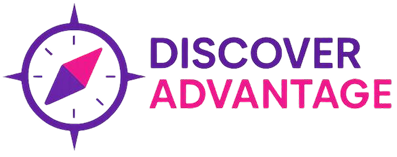
Navigating Career Transitions: A Roadmap for Professionals
In today's dynamic job market, career transitions are not only common but often necessary for personal and professional growth. Whether you are considering a complete career change, seeking advancement within your current field, or returning to the workforce after a hiatus, navigating these shifts can be challenging. This guide aims to provide a comprehensive roadmap for professionals embarking on a career transition.
Understanding the Need for Transition
Career transitions can stem from various motivations. Some professionals seek new challenges, while others may be responding to changes in industry demands or personal circumstances. Understanding your reasons for change is crucial as it informs your strategy moving forward.
Self-Assessment
Begin your transition by conducting a thorough self-assessment. Identify your strengths, skills, interests, and values. Tools like personality assessments or career aptitude tests can offer valuable insights. This step will help you determine what you want from your new role and how to leverage your existing skills.
Research and Exploration
Once you have clarity on your career goals, the next step is research. Explore potential industries and roles that align with your identified strengths and interests. Use online resources, attend industry events, and engage with professionals in your desired field to gain a deeper understanding. This exploration phase is crucial for informed decision-making.
Networking
Networking plays a pivotal role in career transitions. Building a robust professional network can open doors to opportunities and provide support and guidance. Attend networking events, join professional associations, and leverage social media platforms like LinkedIn to connect with industry insiders.
Skill Development
Career transitions often require updating or acquiring new skills. Identify gaps in your current skill set and seek opportunities for learning and development. This could include formal education, online courses, or on-the-job training. Continual learning not only enhances your qualifications but also boosts your confidence in making the transition.
Building a Personal Brand
Your personal brand is how you present yourself professionally. It encompasses your skills, experiences, and values. Ensure your resume, cover letter, and social media profiles reflect your brand and are tailored to your new career path. A strong personal brand can differentiate you in a competitive job market.
Executing the Transition
With preparation complete, it's time to execute your transition plan. Start by applying to roles that match your new career goals, and be prepared for interviews. Practice articulating your career story and how your past experiences have equipped you for this new path.
Handling Setbacks
Career transitions can come with setbacks. It's important to remain resilient and adaptable. Learn from rejections, seek feedback, and remain open to adjusting your strategy if necessary. Persistence and a positive mindset are key to overcoming obstacles.
Conclusion
Successfully navigating a career transition requires careful planning, self-awareness, and perseverance. By following this roadmap and remaining committed to your goals, you can achieve a rewarding and fulfilling career change. Remember, every step you take is a building block towards your future success.
Related Articles





